Sondra Wenger of CBRE Investment Management on ‘Productive’ Office
The seasoned executive talks about what’s next for the sector and the life science niche.
The 25-year industry veteran Sondra Wenger joined CBRE Investment Management—the company’s affiliate previously known as CBRE Global Investors—last summer, serving as the firm’s head of the Americas commercial operator division.
Wenger is responsible for the execution and operation of the company’s office and retail properties in the U.S. She began her career in commercial real estate back in 1995 and has sourced, negotiated and closed more than $10 billion in transactions across more than 35 cities.
Commercial Property Executive spoke with Wenger about the company’s investment strategy, the office sector’s current opportunities and the challenges that helped shape her career.
What can you tell us about the firm’s investment strategy?
Wenger: We are focused on investing in responsive office, which is not measured by the price per foot, but the productivity which it creates for its user. This concept has influenced our various strategies across our different funds and separate accounts.
READ ALSO: CBRE Investment Management to Buy $4.9B Industrial Portfolio
In addition, we are not solely focused on which cities to invest in, but rather what specific block-by-block areas, or clusters, within a city or neighborhood make the most sense for our strategy.
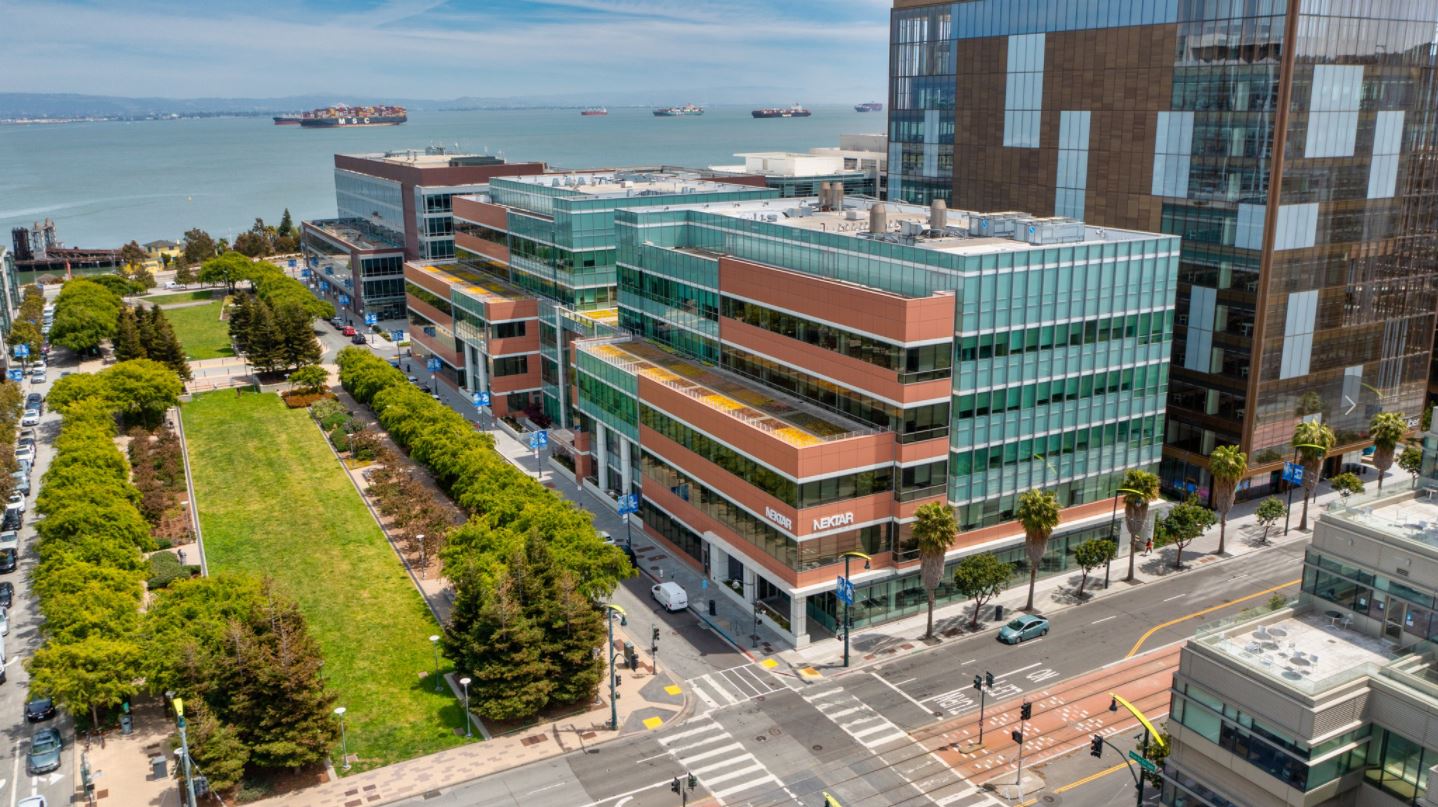
This property in San Francisco is part of a portfolio purchase that included two existing buildings and a more than 200,000-square-foot purpose-built life science development. Plans call for construction to kick off in the first quarter of 2022. Image courtesy of CBRE Investment Management
Is the company looking at any new asset categories or considering expanding its footprint in a particular direction?
Wenger: Yes, we have been very active in the life sciences sector in addition to Green Responsive Office (GRO), second-life or adaptive reuse assets, the “hotelification” of assets, and medical office “retailification.” We are a solutions-oriented business that creates tailored strategies for our clients to help them reach their goals—this means that we are constantly researching and getting involved in new categories of investing and exploring different product types.
What are some major office deals you can share with us that you’ve been a part of since taking this position?
Wenger: We have had a lot of great traction in the life sciences sector recently. Since taking the position in June 2021, my team has sourced, executed and closed on $2.9 billion in transactions, and another $1.5 billion for future development.
Recently, we recapped two life sciences portfolios in the Mission Bay submarket of San Francisco. The firm made the investment on behalf of one of our funds through a joint venture with a life science property developer/operator that developed the portfolios, which include a total of 1 million square feet of Class A life science space.
READ ALSO: The Bay Area’s Life Science Boom Under the Microscope
Beyond life science, some of our other recent deals include a mixed-used campus in Nashville, Tenn., called Sylvan Supply. The development was originally built in 1959 as a specialty wood mill and was redeveloped between 2018 and 2020 by FCP and Third & Urban. The firm also acquired 1177 Avenue of the Americas, a 1 million-square-foot office tower in New York City, last year on behalf of one of our separate account clients.
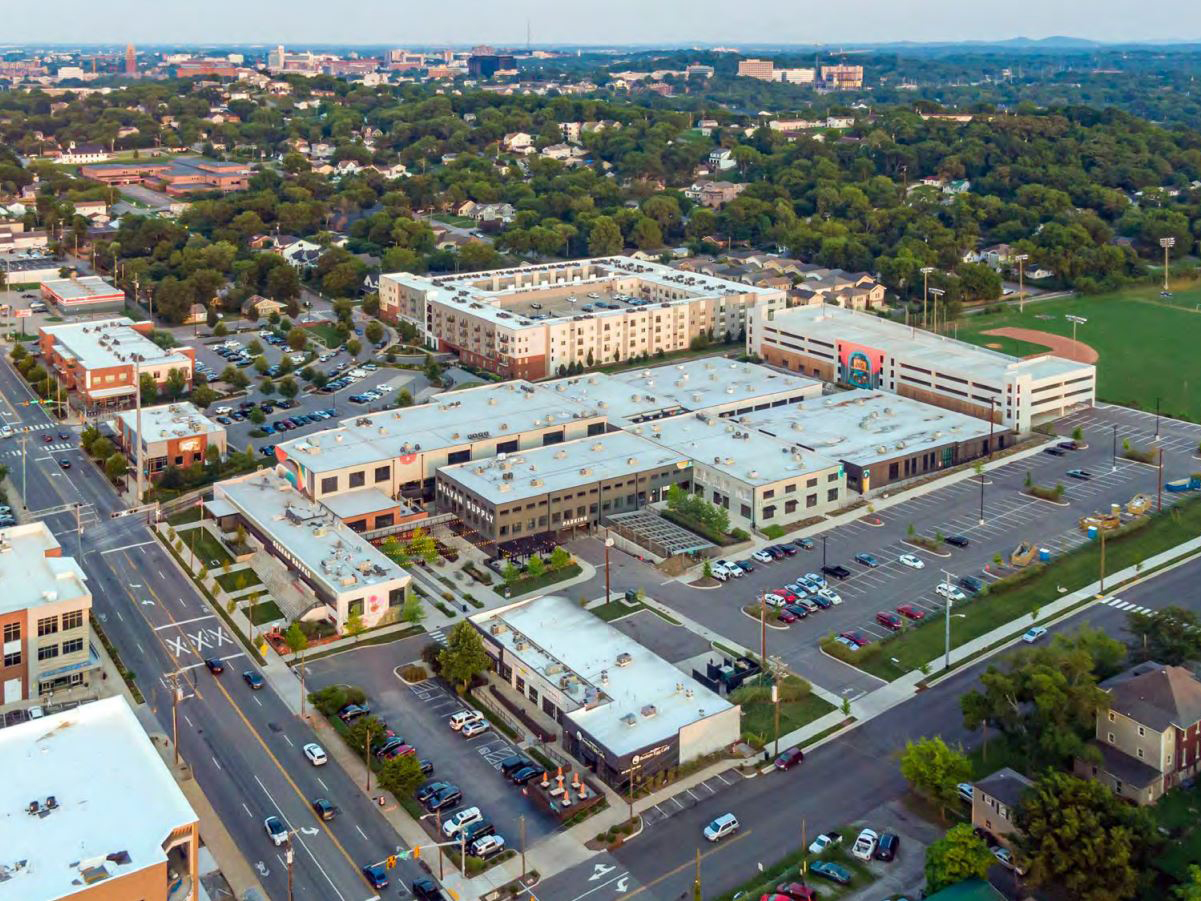
A mixed-use campus in Nashville, Tenn., Sylvan Supply is an eight-building, 193,663-square-foot development originally built in 1959 as a specialty wood mill. It was redeveloped between 2018 and 2020 by FCP and Third & Urban. The asset includes about 158,000 square feet of creative office space and 36,000 square feet of retail. Image courtesy of CBRE Investment Management
What are some challenges you see for the office sector? Any opportunities?
Wenger: In today’s world, office need to be responsive, meaning that an office–and its management—needs to anticipate and instantaneously respond to the needs of its users. We call this “hotelification,” which is done by offering our proprietary Above & Beyond program.
These branded spaces are curated for an increasingly mobile population of knowledge workers who want spaces that offer a variety of short-term functions from living and working, to events, communal dining and much more. To be a successful office user in the era of COVID-19, you need to have the following offerings:
- Flex Space: A full return to the office is difficult to predict, thus so is the need for space. Tenants want flexibility in their long-term leases, i.e., they have to be accompanied by some short-term flexible space options, including one- to three-year managed agreements on turnkey space and a component of short-term month-to-month.
- Technology that supports all the ways we work today and into the future—from video calls, to the Metaverse, to AI, to apps. We have found that apps that support and ease the actual logistics of getting to work and what transpires during the day is most valuable to offer tenants.
In terms of opportunity, we like second-life buildings, and if done right, they are unique, highly desirable and compete with trophy high-rise, but at a better return. Second-life assets are also more ESG-friendly than executing new construction.
Which types of office properties do you think most investors are interested in?
Wenger: There is a lot of interest in life science. The 21st century is projected to be the century of biology. There are several reasons to like life science right now:
- VC and National Institute of Health funding has grown exponentially.
- Aging population and pandemics have increased government spending and health-care costs.
- In the last 20 years, there has been massive technology advancement. For example, the cost to sequence the genome has declined from almost $100 million to below $1,000.
- IPOs for life science companies have increased 10 times in the last 10 years.
- There has been an acceleration of drug count, and we are now approving more new drugs on average per year.
- Difficulties in overseas production capacity and quality have led more companies to onshore in U.S. facilities.
- Returns have been strong, as rents have seen a significant increase over the last two years. Development projects are often 300 to 400 basis points higher than those in other sectors, such as logistics and apartments.
The pandemic, demographics, funding and decrease in costs have created the perfect storm for the life science sector.
Are there any specific geographic markets that are outperforming or gaining a greater interest from investors?
Wenger: Our secret sauce is our boots-on-the-ground approach to investing and in-depth knowledge of the markets. We believe that by focusing on the ecosystem for a given area, versus a general market view, we will uncover dislocation as office sorts through its current identity crisis.
READ ALSO: Tech Workers’ Exodus Pressures San Francisco’s Economy
We are matching our strategies to specific clusters within a city. Clusters create sector-specific ecosystems which in turn encourages information sharing, innovation, funding and most importantly, the desire to go into the office.
A good example of how we think about clusters, rather than overall cities, is when you look at San Francisco. While overall the real estate market in the city performed poorly during the pandemic, the life science cluster in Mission Bay, where we recently invested, has performed at record levels.
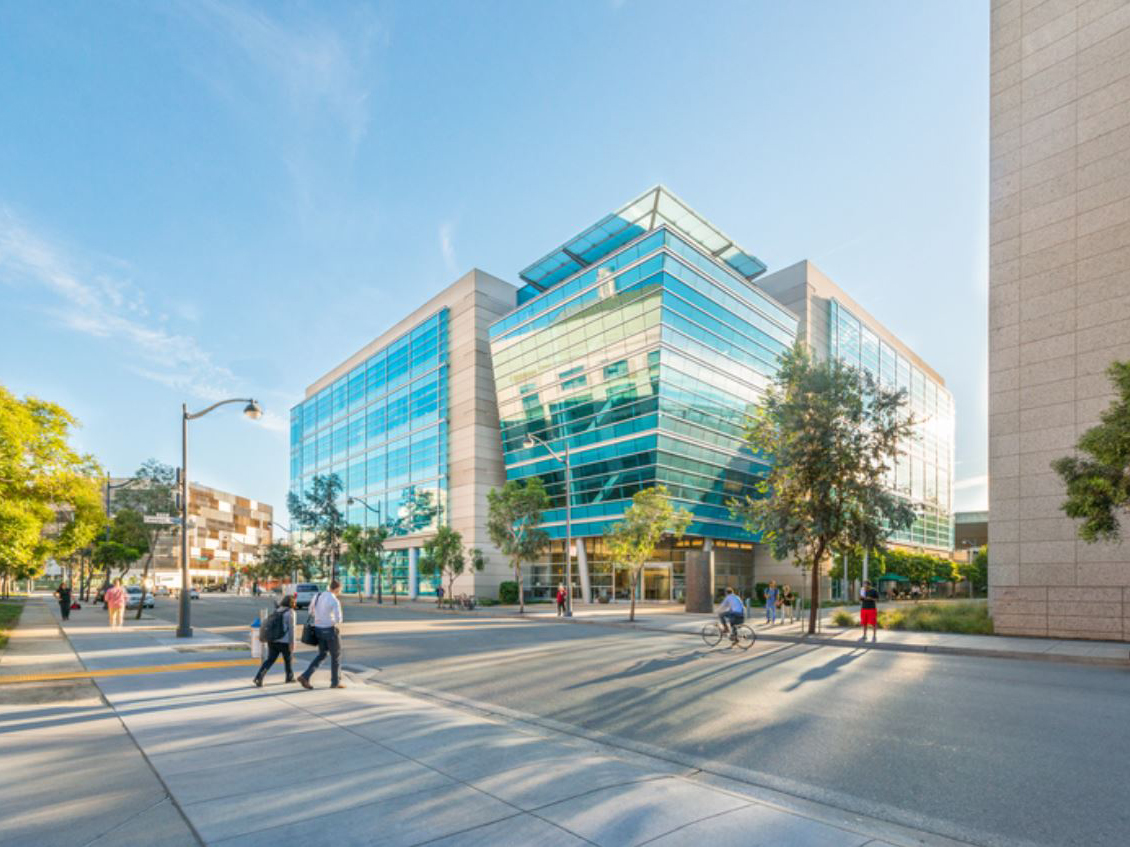
This San Francisco property is part of a portfolio purchase that included two existing buildings and a more than 200,000-square-foot purpose-built life science development. The properties are LEED Gold certified. Image courtesy of CBRE Investment Management
What are some experiences and challenges that have shaped your career?
Wenger: There is no question that commercial real estate is a male-dominated industry, and I’d argue that the real estate investment industry has even less diversity, which is something that our firm and parent company, CBRE, is making significant strides in changing.
Very often in my career I have been the only woman in the room—at events, in negotiations, in pitches, etc. I have learned to leverage this scenario and use it to my benefit in that I will be more easily remembered if I am the only woman in the room. It’s a unique opportunity to stand out in a crowd before you even say anything and flex your expertise. This simple idea has given me the confidence I needed early in my career and has also guided me as I mentored young female professionals looking to break into this industry.
What are some investment trends you see for 2022? Any that are under-reported that have not caught on yet?
Wenger: Buildings are now referred to as a living thing and it’s important to consider if your building heathy or unhealthy. The book Healthy Buildings claims that such structures can create an increase in a user’s revenues by creating a more productive workforce. The office of the future is one that is a Green Responsive Office. ESG has evolved to include areas which are increasingly important to attract talent such as:
- Productivity: The air you breathe, the light that comes in and the aesthetic of the atmosphere can actually make you more productive.
- Lifestyle: A GRO building focuses on wellness, creative healthy food delivery, exercise options and meditation apps.
- Community: A GRO building hosts community and outreach programs. Green space inside and outside such as rooftop gardens and terraces, to connect people.
- The “greater good”: This includes a focus on reducing your carbon footprint, using solar panels, recycling, etc.
Within the next 12 to 18 months, tenants over 20,000 square feet are going to want to see the landlord GRO plan, and landlords will need to have this plan in place.
What are the main factors that will shape the investment market? What are you watching the most?
Wenger: Real estate is evolving and historical perceptions of office, R&D, retail, apartments, hotels, etc., are changing and intersecting in a way that we should embrace. Each asset class is converging, and the responsive office becomes intertwined with other sectors.
We want to create a sense of “place” and invest where the neighborhood is the asset’s greatest amenity. Each asset within the neighborhood builds up the value of the surrounding assets. As office is now a choice, the responsive office must foster more creativity, productivity, happiness and well-being for new generations of users.
What are today’s office tenants looking for?
Wenger: There have been reports that show that the workforce believes that the office remains integral to the future of work. However, it’s been recognized that the role of the office has changed in terms of satisfying the needs of talent, which is rapidly evolving.
Our firm asked users what amenity will be most in demand for the future of office and noticed a change—the user responses stated that flexibility, technology and wellness were top building amenity requirements.
What was most important in prior years, like fitness centers, on-site food and proximity to public transportation were lower priority on the list, but with the rationale that these amenities are now baseline requirements, effectively “tablestakes” for buildings to now even be considered by a user.
The key takeaway from this is that users will be expecting more sophisticated offerings from their landlords as they compete to meet their employees’ expectations for a healthier, more digitized and more flexible workplace environment.





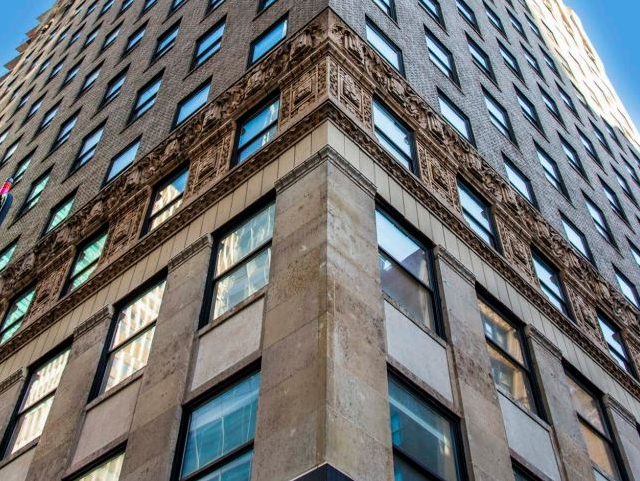
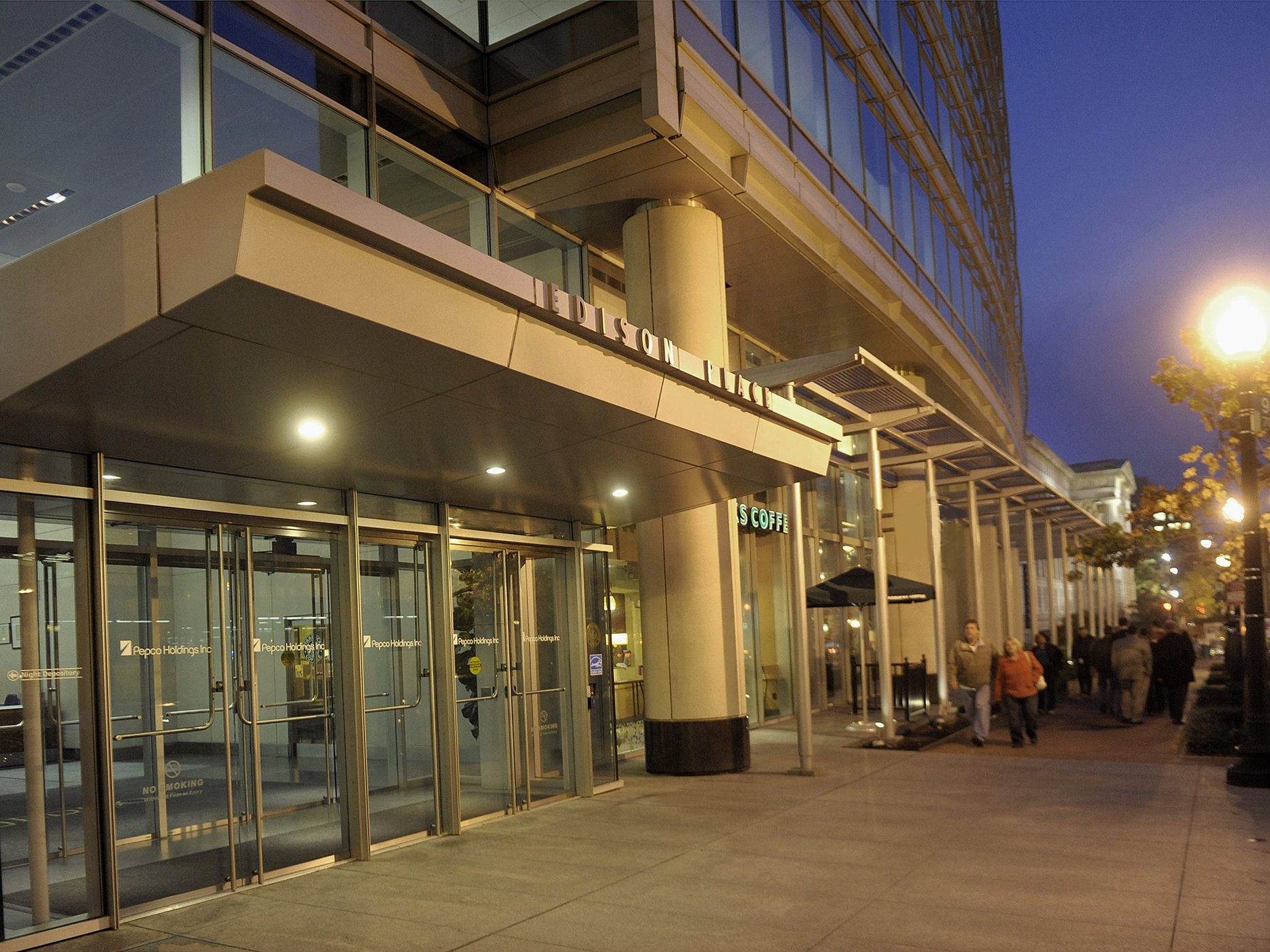
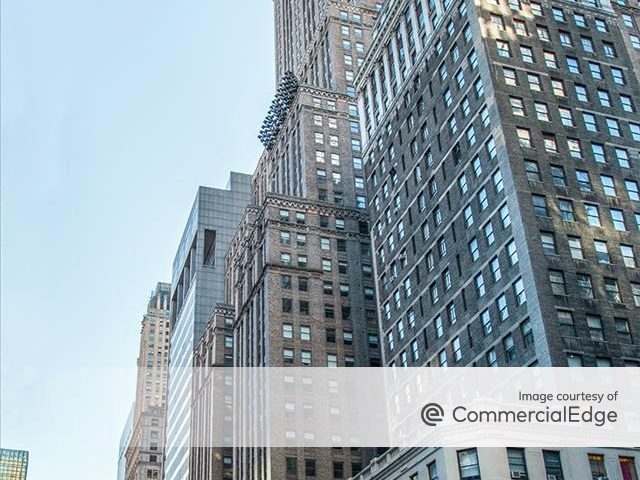
You must be logged in to post a comment.